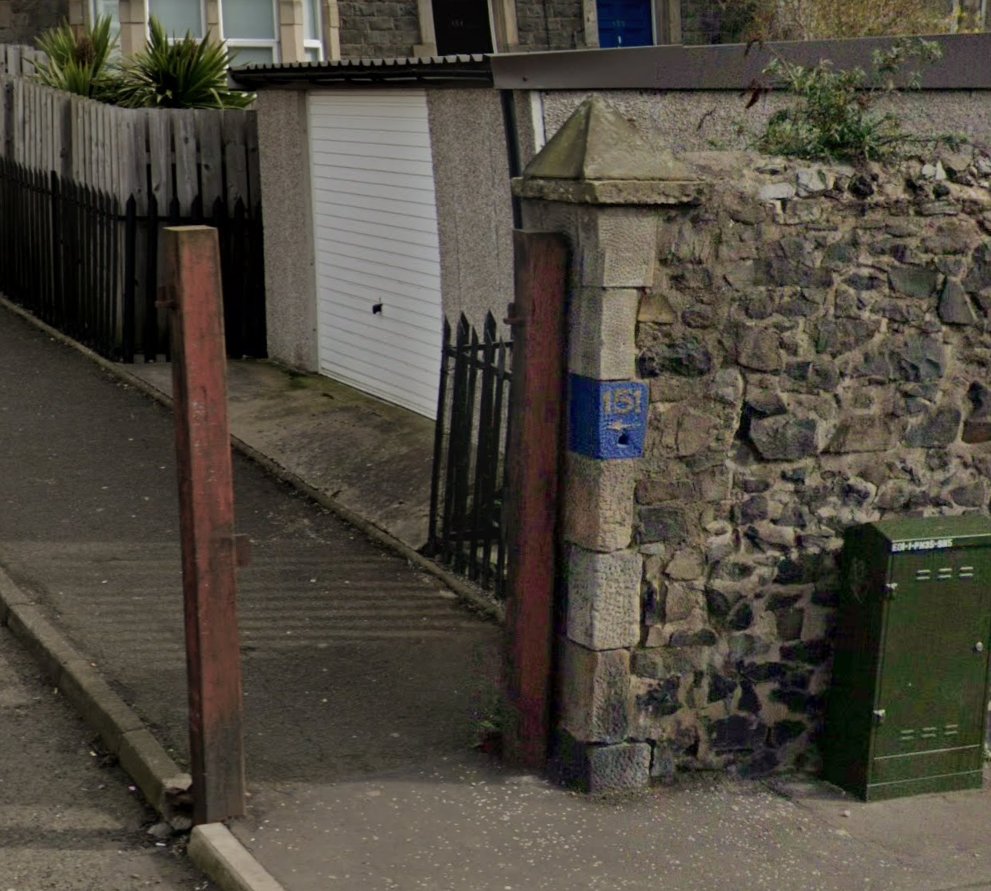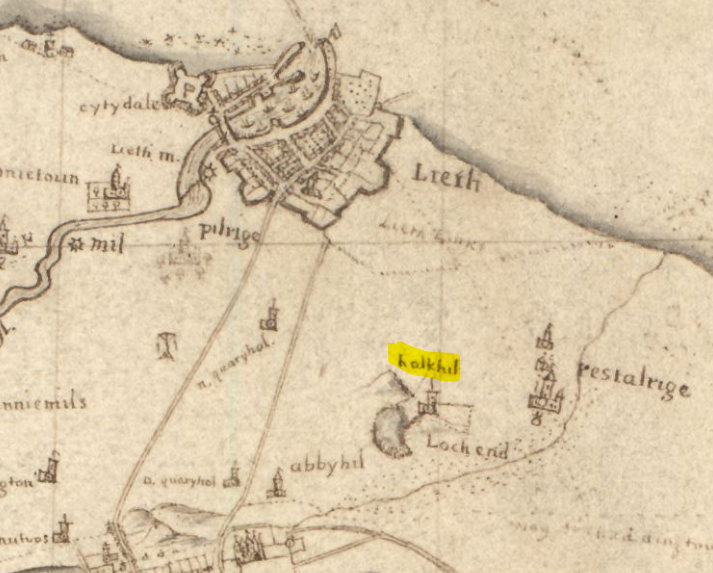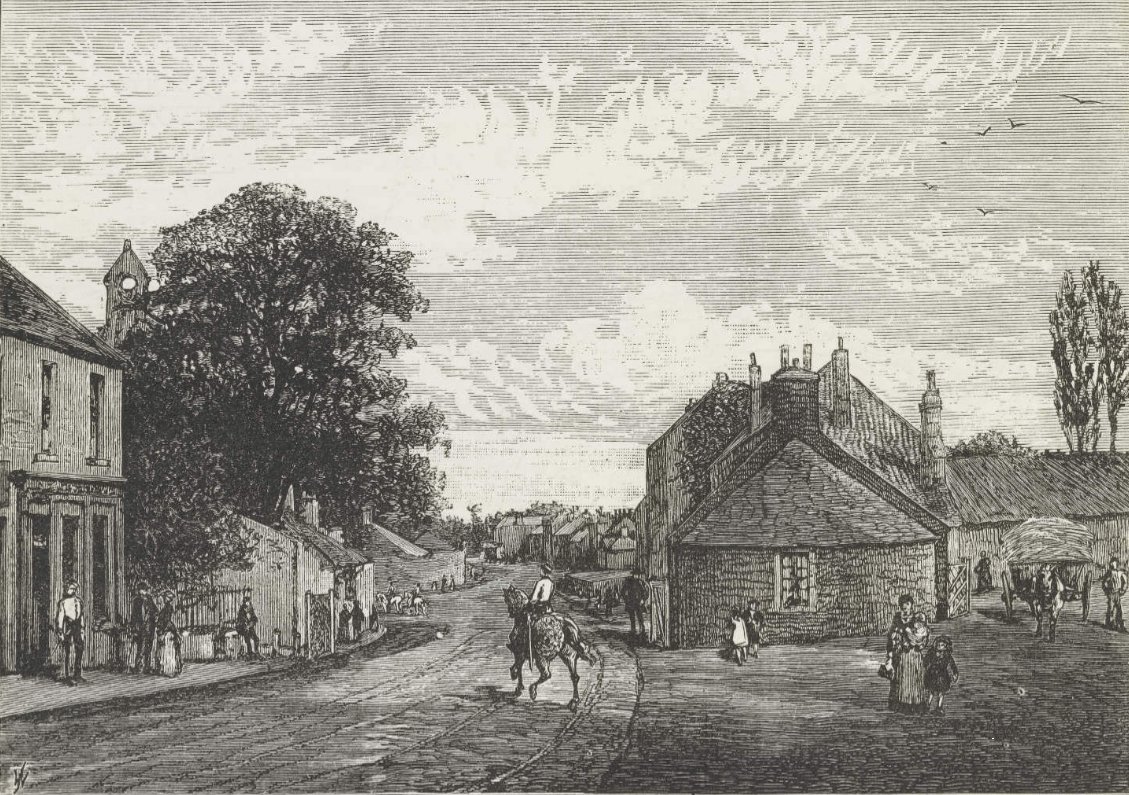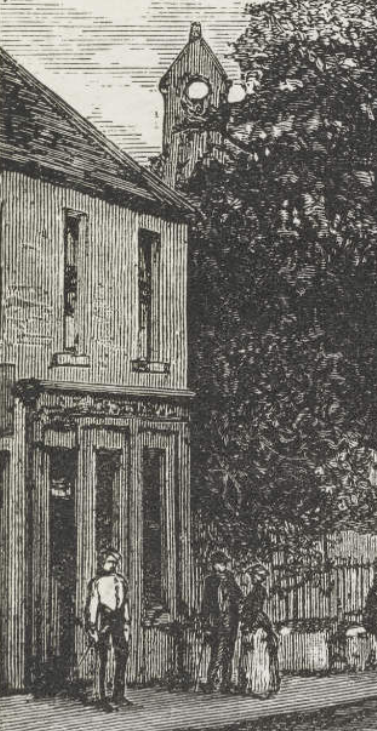
Weird shit you can buy on the internet. This sticker for your bottle based on an Army of the Covenant banner. 

No Covenanter pikeman would go into battle without his blue bonnet and one of these tasteful bottles off of Redbuddle. #StayHydrated
I honestly don't even know. What's weirder, the fact that someone went to the trouble of "making" this, or how pleased the stock photo couple are with their matching Battle of Dunbar t-shirts? 

• • •
Missing some Tweet in this thread? You can try to
force a refresh




















